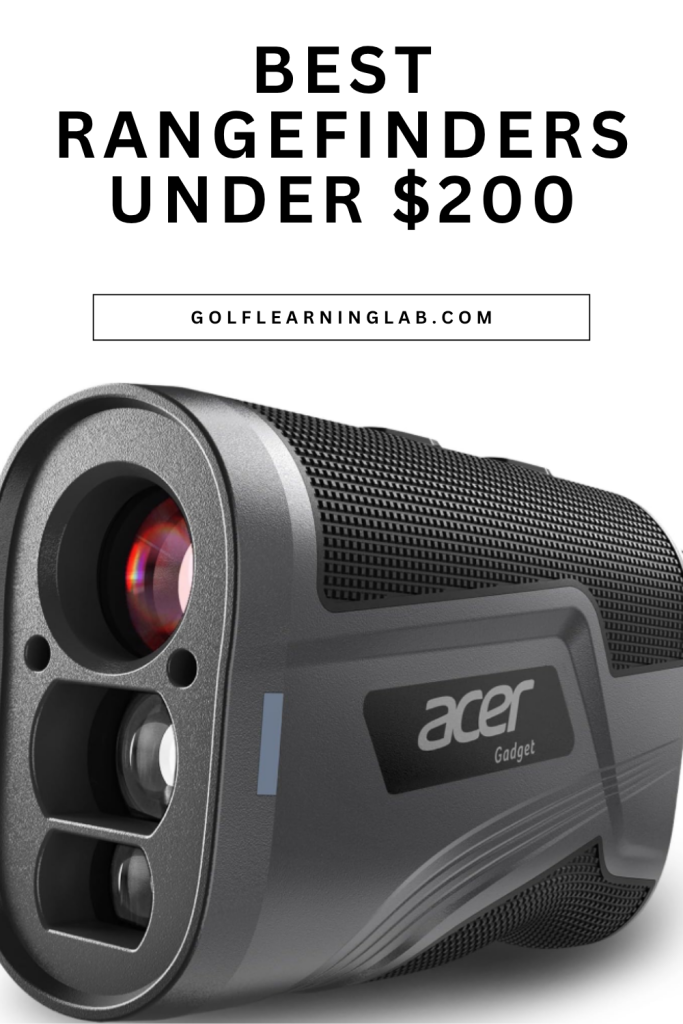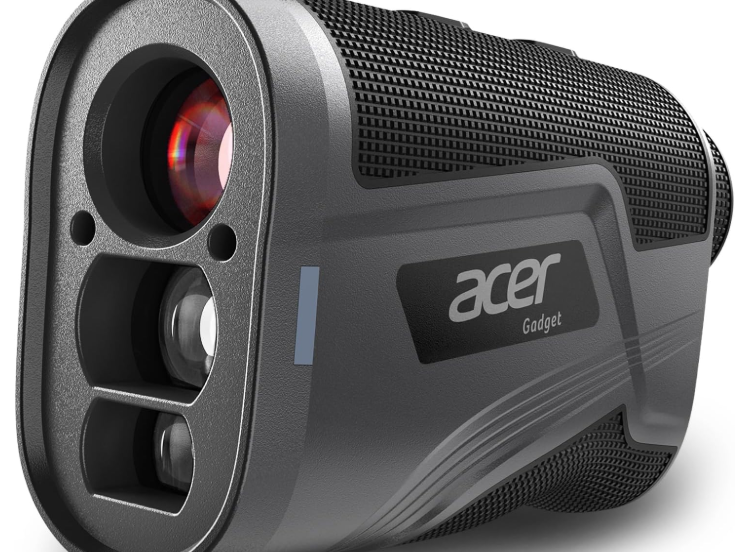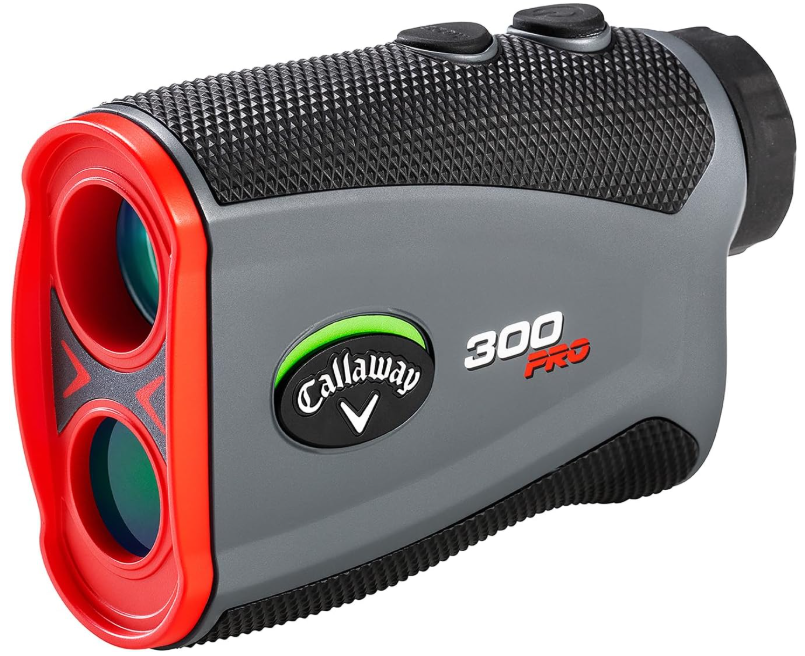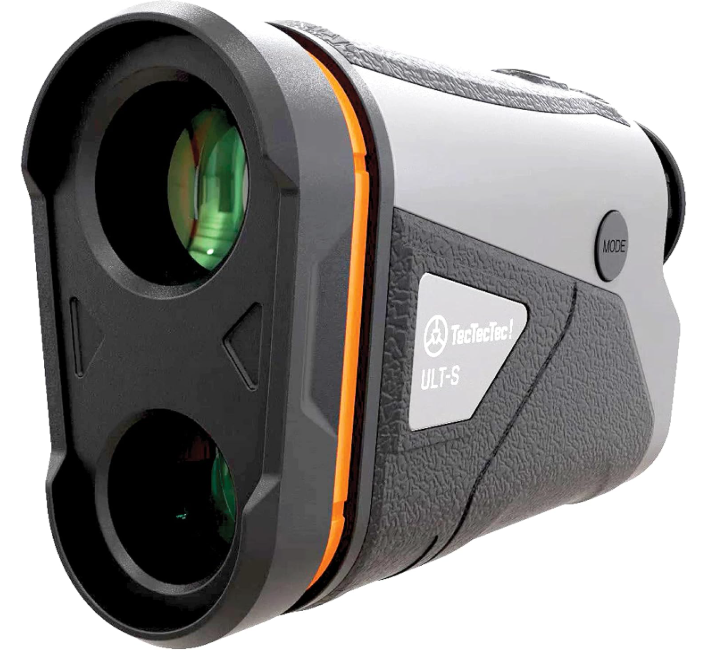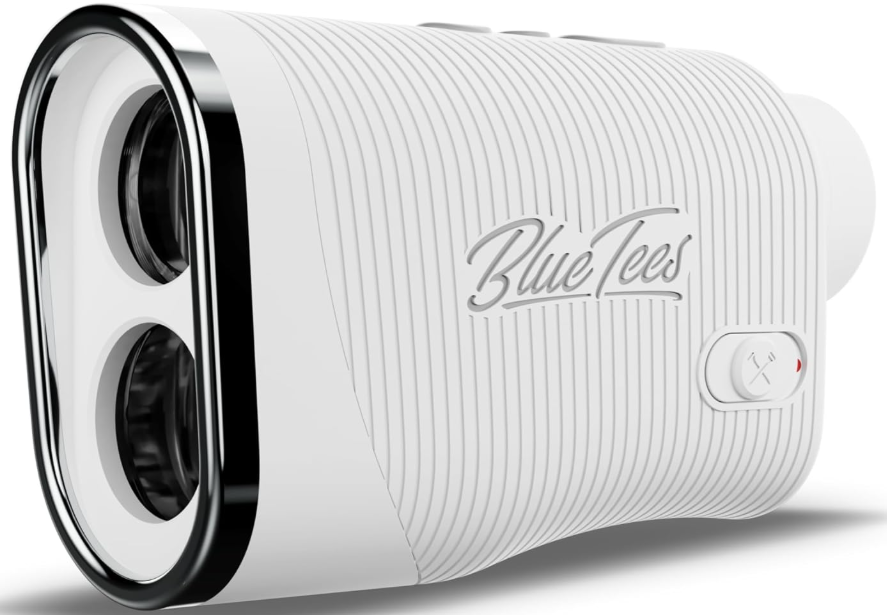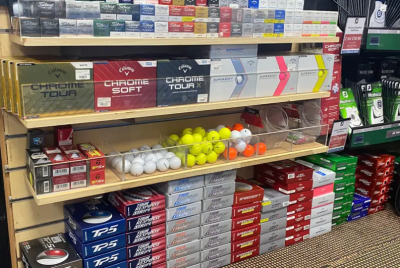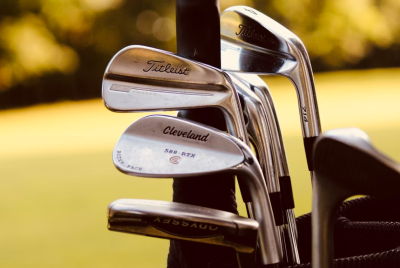Best Golf Rangefinder Under $200- Our Picks
When I first started playing, I thought “rangefinder” was just a fancy word for “golf binoculars”—spoiler: it’s not. But after spending way too many rounds guessing yardage and skulking behind trees- not to mention “walking off” yardage, I tried several affordable rangefinders. Here’s my guide on the best golf rangefinder under $200, with tips, caveats, and what I actually use (because yes, I test these things).
Why You Should Consider a Rangefinder (Even on a Budget)
Let’s get this out of the way: you can play golf without a rangefinder. People have done it for centuries. But…
- You’ll reduce guesswork. Instead of “I think it’s 150 yards,” you know it’s 147 (or 153).
- Better club selection = fewer duffs, fewer “oops I used 7-iron again” shots.
- You’ll speed up decisions. Walking up with confidence is psychologically nice.
- And yes, you can get something credible for under $200 nowadays—thanks tech improvements.
However, there are trade-offs. You won’t get top-tier durability, ultra fast scans, ultra long range, or perfect optics. But for the golf I play, there are gems.
So let me walk you through what matters first, then I’ll show you my picks of the best golf rangefinder under $200.
What to Look For: Key Features Under $200
Not all sub-$200 rangefinders are equal (shocker). These are the features where I pick apart what’s acceptable and what’s not.
Accuracy & Optics
- Your readings should be within ±1 yard (ideally). Some cheap ones have 2–3 yards of error.
- Magnification: 5× or 6× is common under $200. Anything less and you’ll squint; anything more and it gets unstable in your grip.
- Clear glass, minimal distortion—that’s rare in budget ones, so you’ll want to compare in bright vs low light.
Slope Mode / Flaglock / Pinlock
- Slope mode: adjusts for inclines/declines. Useful, but must be toggleable (for tournament play).
- Flaglock / Pinlock: ability to “lock” onto the flag so you don’t accidentally pick up background objects.
- Some rangefinders under $200 even have nifty extras like triangulation or edge-of-fairway trick modes. (Yes, I’ve seen it.)
Battery & Power (Rechargable, Replaceable, Life)
- A USB-rechargeable battery is a plus. No need to carry weird CR2s or something.
- Battery life: you want enough for many rounds. If it dies mid-round, it’s less useful.
- Power management: auto shutoff, battery indicator, etc.
Build, Durability & Extras
- Water / splash resistance. If a light rain comes, you want it to survive.
- Ergonomic grip, easy buttons (even for my awkward fingers).
- Extras: magnetic mounting (for carts), carry pouch, protective cases.
Top Contenders: Best Golf Rangefinder Under $200
Here are what I consider the best picks right now (in my geeky tests). Each is (or can be) under $200 at time of writing.
Here are my top picks from that list, and why I like them:
- Callaway 300 Pro: A very balanced pick. It has solid optics, easy interface, and does well on basic pin distances.
- Blue Tees Series 3 Max+: Has slope on/off switch, magnetic side (for carts), and good feedback.
- Blue Tees Series 3 Max: Slight variant of the above—tried and true.
- Gogogo Sport Vpro: Has slope, rechargable battery, pin vibration, decent range for under $100 sometimes.
- Izzo GLi: Izzo is a known name, so some trust. Not perfect but solid specs.
- TecTecTec ULT‑S PRO: TecTecTec has been punching above its weight; ULT-S PRO gives good optics.
- VEVOR Golf Rangefinder: This is more of a no-frills option. Good fallback if you just want something.
- GolfBuddy Laser 2: From a known brand; simple and reliable.
(Yes, I cited eight. Because I’m indecisive. But you only need one.)
| Model | Max Range | Slope / Toggle | Magnification | Battery Type | Extras |
|---|---|---|---|---|---|
| Callaway 300 Pro | ~400–500 yd | No (maybe basic) | 6× | Replaceable | Reliable brand name |
| Blue Tees Series 3 Max+ | ~900 yd | Yes (slope on/off) | 6× | CR2 / Battery | Magnetic mount |
| Blue Tees Series 3 Max | ~900 yd | Yes / switch | 6× | CR2 / Battery | Waterproof rating |
| Gogogo Sport Vpro | ~900 yd | Yes / slope switch | 6× | Rechargeable | Pin vibration, magnet |
| Izzo GLi | ~600-700 yd | Basic slope or none | 6× | Replaceable | Brand backing |
| TecTecTec ULT-S PRO | ~600-700 yd | Some models slope | 6× | Battery / internal | Good optics |
| VEVOR Golf Rangefinder | ~900 yd | Often slope switch | 6× | Rechargeable | Budget option |
| GolfBuddy L2 | ~880 yd | No or basic slope | 6× | Replaceable | Brand name, easy UI |
Note: Max range numbers are manufacturer claims; real useful range for pin/flag will be less. Always test in your light and conditions.
In my hands, the Blue Tees Series 3 Max+ and Gogogo Sport Vpro offered the best blend of features per dollar.
How to Use a Rangefinder Wisely (and Avoid Mistakes)
Having a device doesn’t guarantee better shots. I’ve made (embarrassing) mistakes. Here are tips:
- Stabilize your arm: even small shakes degrade accuracy. Use your body or tree for steadiness.
- Lock on the flag: press once, then confirm vibration or change of display. Don’t rush.
- Know limitations: if background objects are strong reflectors (trees, water), you might get false readings.
- Practice reading slopes: your “plays-as” yardage is only as good as your slope logic.
- Check battery before round: nothing worse than having it die mid-round. (Been there.)
- Toggle slope off for tournaments: if your device has slope, turn it off to be rules-legal in many events.
- Familiarize with “scan” mode (if available): it cycles through surfaces so you can see hazards too.
After a few rounds, you’ll refine your “rangefinder habit” and integrate it smoothly into your game.
Final Thoughts & What I Personally Use
If someone says “just get the cheapest one,” I don’t disagree entirely—but I cringe a little. There are bargains, but you want something reliable. Among my picks, my everyday go-to is Blue Tees Series 3 Max+ because it gives me slope toggle, magnet mounting, and solid optics in my price range. My “back-up for rainy days” is the Gogogo Sport Vpro—less premium feel, but works reliably when needed.
If I had to pick a single best golf rangefinder under $200 to recommend to someone who just wants “it works,” I’d go with Blue Tees Max+ (or plain Max variant if budget is tight). It’s the sweet spot of features and usability.
So yeah — you can get a functional, competitive rangefinder without spending $400. Just pick wisely, practice with it, and don’t expect miracles. Golf will still punish you for poor shots.
FAQs
- Does slope mode really matter under $200?
Yes, for recreational play. But only if it’s toggleable (you can turn it off). Some cheaper models have fixed slope which makes them illegal for many tournaments. - Will battery life be a problem?
It can be. Always check battery type (rechargeable or replaceable) and carry a backup battery or USB power bank if it’s rechargeable. - Are these “max range” claims real?
Not fully. The listed max range (e.g. 900 yards) is often for large reflective objects under perfect conditions. For flags, expect lower reliable range. - Can I use a rangefinder in official tournaments?
Only if it has slope disabled (can turn off slope) and meets local rules. Always check the tournament’s rules. - What if my rangefinder gives slightly wrong distances?
Calibrate (if possible), test it against known yardages on your course, and adjust your “margin of error” mentally. Over time you’ll know quirks.
